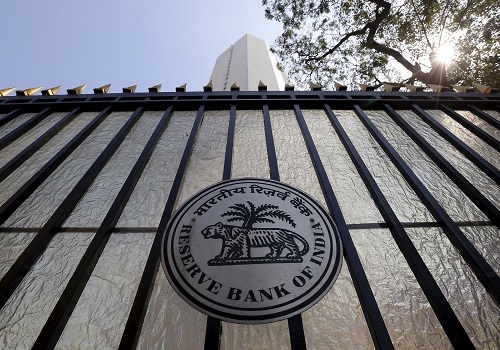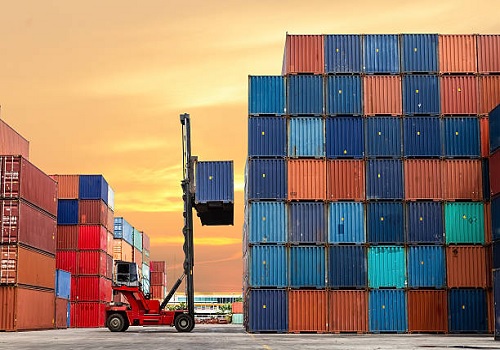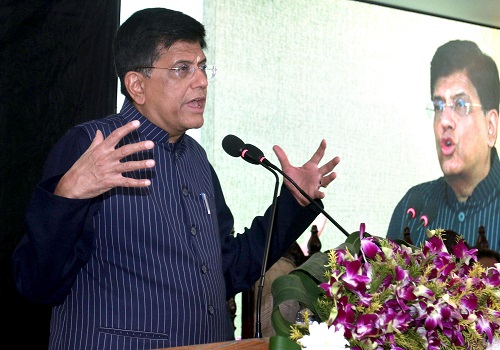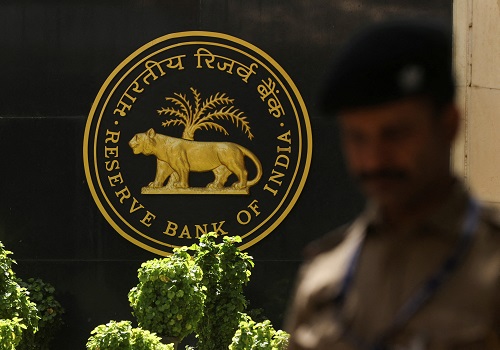S&P Global pegs world economic growth at 3 pc in 2025

S&P Global Ratings on Thursday forecast global economic expansion of 3 per cent in 2025 as growth slows in the US, China, and the Eurozone continues to recover, and emerging markets find their footing.
“With easing inflation, resilient labour markets, and sturdy consumer spending bolstering economic activity in most developed markets, we expect steady growth next year,” S&P Global said.
Region- and country-specific divergence and overall geopolitical uncertainty represent two notable caveats that blur the overall picture, said S&P Global Ratings in its house view on the year ahead titled 'Global Credit Outlook 2025: Promise And Peril'.
However, the report states that economic soft landings in many major economies and further policy rate cuts should continue to support global credit conditions in 2025. "At the same time, central banks have started lowering their key interest rates, and we expect more monetary policy easing to come, albeit at a variable pace among jurisdictions," said Alexandre Birry, Global Head of S&P Global Ratings Credit Research & Insights. "More importantly, the descent will be slower than the rise, with rates certain to settle at higher levels than we saw during the substantial stretch of cheap money after the global financial crisis."
S&P Global Ratings also forecasts a decline in defaults, albeit still at a slower pace than the rise. The lowest-rated borrowers continue to face the strains of still-elevated borrowing costs, lingering effects of permanently higher prices on consumers' purchasing power, and heightened geopolitical risk -- most notably, increasing protectionism that will weigh on global trade.
"Deepening geopolitical rifts pose the biggest risk to an improving credit landscape," said Gregg Lemos-Stein, Chief Analytical Officer for Corporate Ratings. "The Russia-Ukraine war's continuation into the end of its third year, the intensification of the conflict in the Middle East, and the propagation of domestic polarization in certain markets could disrupt trade and investment flows, roil financial markets, and force governments to increase defence spending amid already-stretched budgets," the report says.
US President-elect Donald Trump's return to the White House will have wide-ranging ramifications on a global scale -- with a high level of uncertainty attached to his second term. On the trade front, Trump has suggested universal tariffs on all goods imported to the US as well as sharply higher levies on all Chinese goods. He more recently vowed to enact 25 per cent across-the-board tariffs on neighbouring Canada and Mexico unless those countries stem immigration to the US and the flow of drugs, such as fentanyl, across the border, the report states.
S&P Global Ratings believes that the effects of such scenarios would be inflationary in the short term with companies facing higher input costs and consumers paying more for finished goods; prompting a drag on the US GDP in the medium-term, while underpinning still-high benchmark interest rates; and accelerating the diversification of supply chains over the long-term, in particular away from China. Trump has also vowed to withdraw military funding for Ukraine, which will add to the pressures European governments face in supporting the country.
At a minimum, we expect bilateral trade flows between the US and China to be further strained. On top of that, Europe has added trade-protection measures to counter state subsidies to strategic industries in China. If diversification of global supply chains away from China is the result, this would have a global impact, with as-yet-unknown winners and losers, the potential for increased complexities in supply chains, and could reignite inflationary pressure in certain markets.
All of this could throw central banks' monetary policy plans into disarray and disrupt capital flows. In particular, any curtailing of the US Federal Reserve's rate-cutting cycle will limit central banks in emerging markets to also pursue monetary policy.
For the US corporates, policies that result in higher input prices will pressure profits. Industries with highly engineered products dependent on China for specialized manufacturing will likely suffer the most because these facilities are the most expensive to relocate and hardest to staff. This includes such products as semiconductors and electrical components supplied to technology companies and applies to utilities and power sectors focused on renewable energy.
At the same time, increased protectionism in Western economies poses a drag for the export-dependent Asia-Pacific region. In China, where a prolonged property crisis has weighed on consumer and business confidence, increased tariffs would add to economic headwinds, the report added.
























